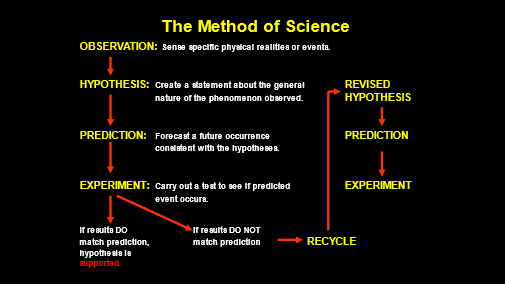
This three-hour workshop aimed at introducing participants to open science practices with a special focus on preprints. It explored solutions for the adoption of preprints as a means to communicate research findings in the MENA region. Participants included early career researchers, senior academicians, policymakers, publishers and Open Science enthusiasts.
Ismail Serageldin, Emeritus Librarian of Alexandria, Egypt, analyzed the practice and advancement of science. Through a historical lens he argued that the nature of scientific knowledge is falsifiable, approximative, empirical and replicable.
“Science advances by the replication and evidence of correctness; not the high authority of any individual”, he underlined. Speaking on the need for cumulative advances in science, he quoted Isaac Newton; “If I have seen further, it is by standing on the shoulders of giants.”

Although scientific journals and the process of peer review originated to create trusted sources for knowledge communication, the entry of commercial publishers with high subscription fees locked knowledge behind paywalls. They ultimately created conditions for institutional barriers to access, incomplete backing for scientific claims, and slow transmission of knowledge. Highlighting the potential of digital technologies to make knowledge transmission free and fast, Ismail proposed a framework consisting of open-source software, public/private workflows, seamless integrations, and collaboration as the way forward for scientific publishing. He highlighted the ISC’s eight principles of scientific publishing and pointed to ways to achieve them through preprints.
Prof. Geoffrey Boulton, Regius Professor of Geology, University of Edinburgh, and Board Member of the ISC discussed the evolution of knowledge transmission. He stressed the importance of open-access publishing, validation of evidence and self-correction of scientific knowledge. The upcoming era of open science is enabled by computational power, vast data fluxes, artificial intelligence algorithms, and it benefits society. Introducing the Council’s Future of Scientific Publishing project, he said, “Open Access Publishing is not a ‘nice to have’. It is absolutely essential! The research community must now focus on quality not quantity. Publishing incremental garbage should be discouraged.”
The normalization of preprints
This ISC Occasional Paper addresses the history of the preprint, its advantages and potential disadvantages, and concludes with some recommendations for how the growing acceptance of preprint posting should be handled within academia, and the changes in cultural norms that this entails.
Luke Drury, Emeritus Professor of Astrophysics, Dublin Institute for Advanced Studies, Vice President of All European Academies (ALLEA) and member of the ISC’s steering group on Scientific Publishing explained how journal-organized peer review is broken and fails to deliver quality. Preprints have emerged as an optimal solution for rapidly disseminating new research findings, as seen with Ebola, COVID-19 and monkeypox. Preprints have become the dominant mode of peer-to-peer communication in many disciplines and can be strengthened through open peer review, efficient indexing, and responsible research and ethics. He argued, “Just because science was communicated in a certain way fifty years ago doesn’t mean that we have to stick to the norms and conventions of that time, especially when these have been monetized by powerful commercial interests.”
Tosin Ekundayo, Entrepreneur and Assistant Professor at Synergy University, Dubai, encouraged researchers to be proactive in normalizing preprints by raising awareness through social media, webinars, workshops, and other outreach activities. He highlighted the need to build infrastructure for preprint servers, repositories, and archives. Training in preprint submission; incentives and recognition for researchers submitting preprints are some key necessities for normalizing preprints in the MENA region.
Iratxe Puebla, Director of Strategic Initiatives & Community at ASAPBio spoke on ‘Supporting the adoption of preprints‘. She highlighted activities of ASAPBio in supporting researchers through resources and community champions’ initiatives like ASAP Bio Fellows program.
The breakout rooms enabled participants to voice their opinions, concerns, challenges and ideas towards normalizing preprints in MENA. The highlights of the discussions are presented here.
There was positive feedback from participants who found that the event provided a learning opportunity on the importance of normalizing preprints. Many of them highlighted that understanding of preprints and their benefits in the region is currently far from satisfactory. A lot needs to be done to raise awareness. Preprints help rapidly disseminate new research, which usually takes a long time in the traditional journal route.
Moreover, the early disclosure through preprint repositories provides time-stamping to the research findings, which can resolve priority conflicts and helps minimize the risk of intellectual property theft. All these benefits come without any monetary investments from the authors, and authors still hold the copyright of their work. They promote the growth of science by giving access to the record of versions instead of just one version of record. Fears about the credibility and quality of preprints were addressed through this discussion, and participants got a sense of how preprints can solve the problems of traditional publishing.
Watch the event recording:
Image by Pietro Jeng on Unsplash.